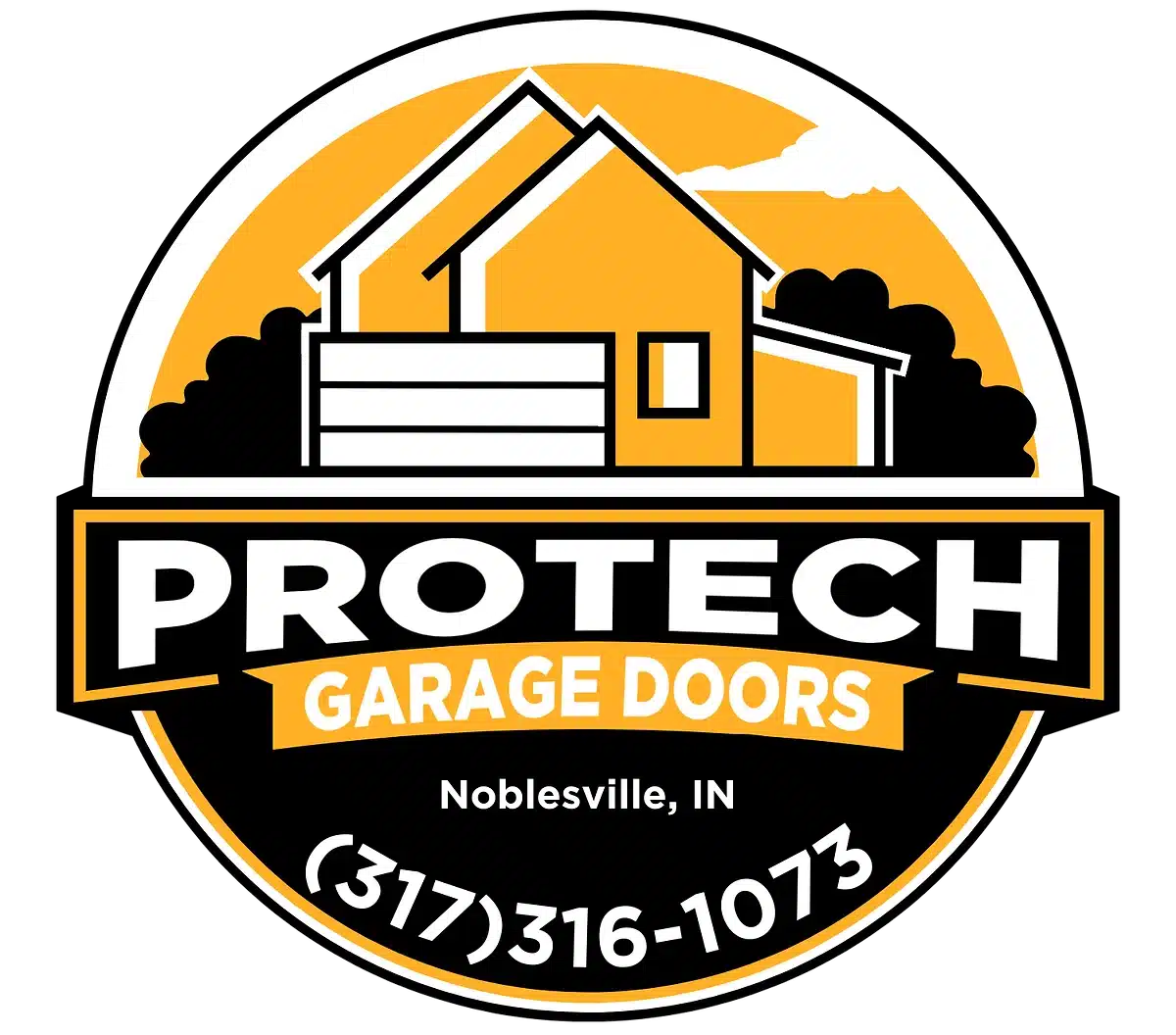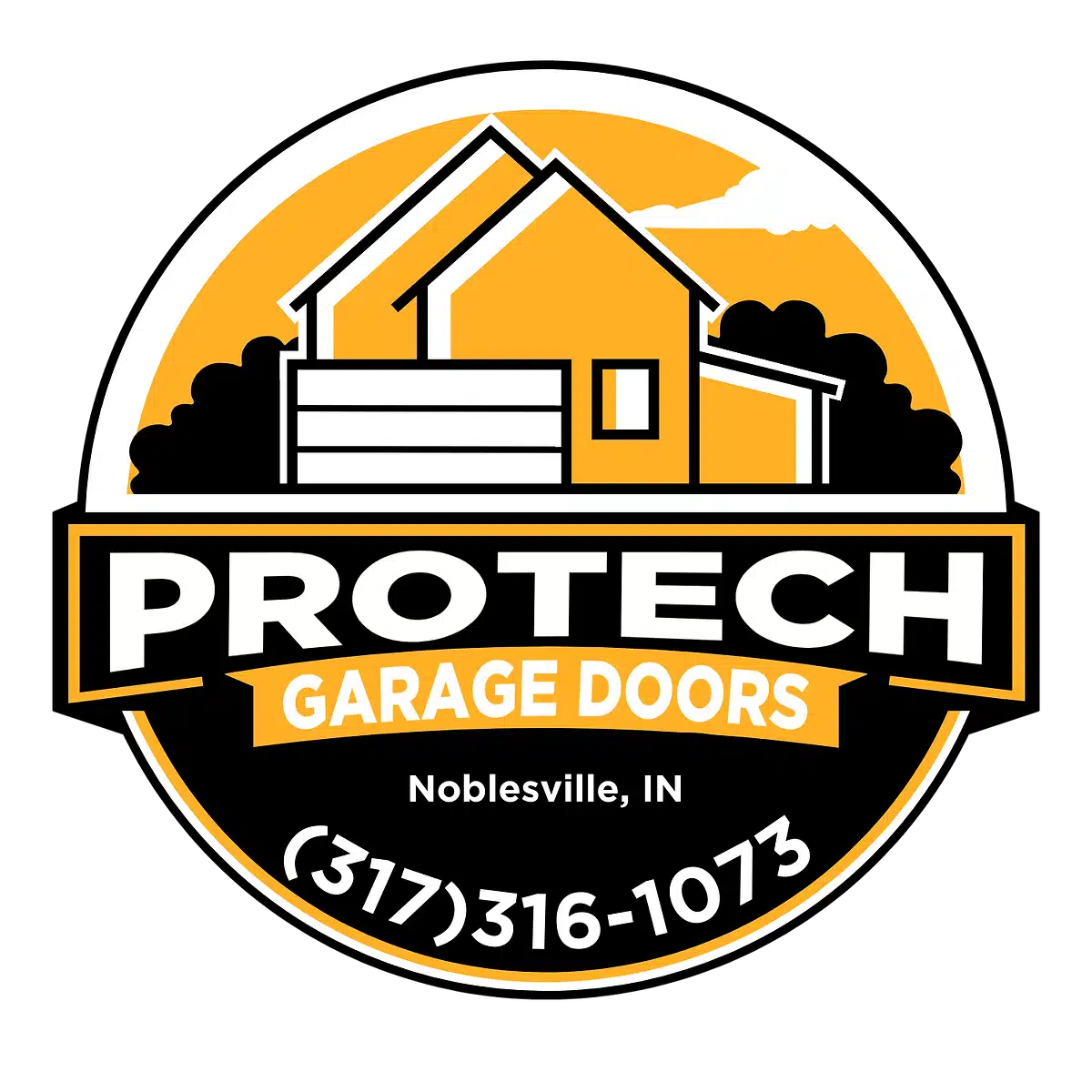A well-functioning garage door is crucial for your home’s security, convenience, and overall functionality. It’s not just an entry point for vehicles; it’s also a significant barrier against intruders and the elements. However, like any mechanical system, garage doors are subject to wear and tear over time, leading to various issues that can disrupt their operation.
These problems can be frustrating and inconvenient, from noisy movements to failure to open or close. This comprehensive guide empowers homeowners with the knowledge to diagnose and fix common garage door issues. Following these steps, you can ensure your garage door remains reliable, safe, and efficient, protecting your home and belongings year-round.
Identifying Common Garage Door Problems
Noisy Door Operation
A noisy garage door can be annoying and a sign of underlying issues. Common causes include lack of lubrication, loose hardware, or worn-out parts. Listen for specific sounds like grinding, squeaking, or rattling to pinpoint the problem.
Door Won’t Open or Close
If your garage door fails to open or close, it can be due to several reasons, such as power issues, a malfunctioning remote control, or a problem with the door’s sensors. Checking the following can help identify the cause of the issue.
Uneven Door Movement
When a garage door moves unevenly, it may be due to issues with the door springs, tracks, or rollers. If not addressed promptly, an uneven door can strain the opening mechanism and lead to further damage.
Remote Control Issues
Remote control problems can range from dead batteries to signal interference or a need for reprogramming. Ensuring the remote control is in good working condition is essential for the smooth operation of your garage door.
Step-by-Step Guide to Fixing Common Garage Door Issues
Lubricating Moving Parts
Regular lubrication of moving parts such as hinges, rollers, and springs can prevent noise and ensure smooth operation. Follow these steps to lubricate your garage door properly:
- Gather Materials: You will need a high-quality garage door lubricant, a clean rag, and a ladder to reach higher components.
- Close the Garage Door: Ensure the garage door is fully closed before starting the lubrication process.
- Clean the Parts: Wipe down all moving parts, including hinges, rollers, and springs, with a clean rag to remove dust or debris.
- Apply Lubricant: Apply the lubricant sparingly to each moving part. Focus on the hinges, rollers (both metal and nylon), and springs. Avoid over-applying, as excess lubricant can attract dust.
- Operate the Door: Open and close the door several times to distribute the lubricant evenly across the moving parts.
Replacing Garage Door Springs
Replacing garage door springs can be dangerous due to the high tension they hold. Follow these steps carefully to replace the springs safely:
- Gather Materials: You will need new garage door springs, winding bars, a wrench set, and safety glasses.
- Disconnect the Opener: Disconnect the garage door opener to prevent accidental operation while working on the springs.
- Release Tension: Carefully release the tension in the existing springs using winding bars. Insert the winding bars into the winding cone and turn them slowly and carefully to unwind the springs.
- Install New Springs: Fasten the new springs to the brackets and secure them with bolts. Make sure they are properly aligned and tightly secured.
- Wind the New Springs: Use the winding bars to wind the new springs, turning them in the opposite direction used to release the tension. Follow the manufacturer’s instructions for the correct number of turns.
- Reconnect the Opener: Reconnect the garage door opener and test the door to ensure it operates smoothly and safely.
Adjusting the Door Track
If the garage door tracks are misaligned, it can cause the door to move unevenly or get stuck. Follow these steps to adjust the door track:
- Gather Materials: You will need a wrench or screwdriver, a level, and possibly a rubber mallet.
- Loosen the Screws: Using a wrench or screwdriver, loosen the screws or bolts that hold the track brackets in place. Do not remove them altogether.
- Align the Tracks: Check the tracks with a level to ensure they are perfectly vertical and parallel to each other. If necessary, gently tap the tracks with a rubber mallet to adjust their position.
- Retighten the Screws: Once the tracks are correctly aligned, retighten the screws or bolts to secure the track brackets in place.
- Test the Door: Open and close the garage door several times to ensure it moves smoothly along the tracks.
Fixing the Door Sensor
Garage door sensors prevent the door from closing if something is in its path. If the sensors are misaligned or dirty, they can malfunction. Follow these steps to fix the door sensor:
- Gather Materials: You will need a clean cloth and possibly a screwdriver.
- Clean the Sensors: Wipe the sensor lenses with a clean cloth to remove any dirt or debris that may obstruct the sensor’s view.
- Check Alignment: Ensure the sensors are correctly aligned. The sensors should face each other directly and be mounted at the same height on either side of the garage door.
- Adjust Alignment: If the sensors are misaligned, gently adjust their position by loosening the mounting screws, realigning the sensors, and then retightening the screws.
- Test the Sensors: Close the garage door to test the sensors. The door should close smoothly without reversing; double-check the sensors’ alignment and cleanliness if it does not.
By following these step-by-step instructions, you can effectively fix common garage door issues, ensuring smooth and safe operation of your garage door.
Safety Tips to Consider When Repairing a Garage Door
Disconnecting the Power Supply
Before starting any repair work, disconnect the power supply to the garage door opener to prevent accidental operation. Taking this simple step can greatly lower the chances of getting hurt.
Using the Right Tools
Having the correct tools for the job is essential. Use high-quality tools specifically designed for garage door repair to ensure your safety and the effectiveness of the repair.
Working with a Partner
Some garage door repairs require heavy lifting or precise alignment, making it safer and easier to work with a partner. A second pair of hands can help you manage the door’s weight and provide additional safety.
When to Call a Professional
Not all garage door problems are suitable for DIY repairs. If you encounter complex issues or feel unsure about the repair process, it’s best to call a professional. They have the expertise and equipment to handle intricate repairs safely.
Tips for Preventive Maintenance to Keep Your Garage Door in Top Shape
Regular Lubrication Schedule
Establish a regular lubrication schedule for all moving parts. This will help reduce wear and tear, minimize noise, and ensure the smooth operation of your garage door.
Checking and Tightening Hardware
Regularly inspect all nuts, bolts, and screws to make sure they are securely fastened. Loose hardware can cause the door to become misaligned and operate inefficiently.
Inspecting and Replacing Weatherstripping
Weatherstripping is essential for sealing the garage door and protecting it from the elements. Inspect it regularly for signs of wear or damage and replace it as needed to maintain energy efficiency and protect against the weather.
Testing the Balance of the Door
It’s important for your garage door to be balanced for it to work correctly. To check this, disconnect the opener and manually lift the door halfway. It is balanced if it stays in place; if it moves, it may need adjustment. A professional can help with this if required.
Frequently Asked Questions (FAQs)
Can you fix a garage door yourself?
Yes, you can fix garage door issues yourself, such as lubricating moving parts, tightening loose bolts, or realigning safety sensors. However, professionals should handle more complex problems like broken springs or cables to avoid injury and ensure proper repair. DIY repairs are feasible for minor issues, but safety and expertise are crucial for more complicated garage door problems.
Why is my garage door not opening and closing?
Common reasons for a garage door not opening or closing include misaligned sensors, dead remote batteries, obstructions in the door’s path, or a malfunctioning garage door opener. Checking these areas can often identify the issue. However, if these simple fixes do not resolve the problem, it may require professional diagnosis and repair to ensure the door functions correctly.
How do you fix a misaligned garage door?
To fix a misaligned garage door, start by loosening the screws holding the track in place. Use a level to ensure the track is straight, then gently tap it back into alignment with a rubber mallet. Once aligned, tighten the screws securely. Test the door several times by opening and closing it to confirm smooth operation and proper alignment.
How do you fix a garage door if you hit it?
If you hit your garage door, first assess the damage. For minor dents, use a rubber mallet or a wooden block to tap the dent out gently. For significant damage, such as bent tracks or broken panels, it’s best to contact a professional. They can provide a thorough repair, ensuring the door operates safely and efficiently.
What maintenance does a garage door need?
Regular garage door maintenance includes lubricating moving parts, tightening hardware, inspecting and adjusting the door’s balance, and checking the safety sensors for proper alignment. Additionally, clean the door and tracks to prevent debris buildup and test the opener and remote controls to ensure they function correctly. Performing these tasks regularly helps maintain the door’s functionality and longevity.
Conclusion
Taking care of and fixing your garage door doesn’t have to be overwhelming. By understanding common issues, following a step-by-step repair guide, and adhering to essential safety tips, you can effectively manage many problems independently. Regular preventive maintenance is critical to extending the life of your new garage door and ensuring it operates smoothly. However, knowing when to call a professional is crucial for more complex repairs. With these strategies, you’ll keep your garage door in top condition, ensuring your home’s safety, security, and convenience for years to come.
End Note
Thank you for taking the time to read our blog on how to fix common garage door issues! At Protech Garage Doors, we’re passionate about helping homeowners maintain the safety and functionality of their homes with reliable, practical advice.
If you found our tips helpful, don’t miss out on the wealth of information available on our Blog. Here, you’ll discover more DIY guides, maintenance tips, and the latest trends in garage door solutions. Want to see the quality of our work? Check out our Gallery to browse through some of our recent projects and get inspired!
For those considering a new installation or upgrade, learn more about our New Garage Door Installation services or explore our range of Garage Door Openers. If you’re in the Noblesville area, our Garage Door Services are just a call away.
Ready to take the next step? Visit our About Us page to learn more about our team, and don’t hesitate to reach out via our Contact Us page for personalized advice and service. At Protech Garage Doors, we’re here to ensure your garage door runs smoothly and safely year-round. Let’s keep your home secure and functional together!

